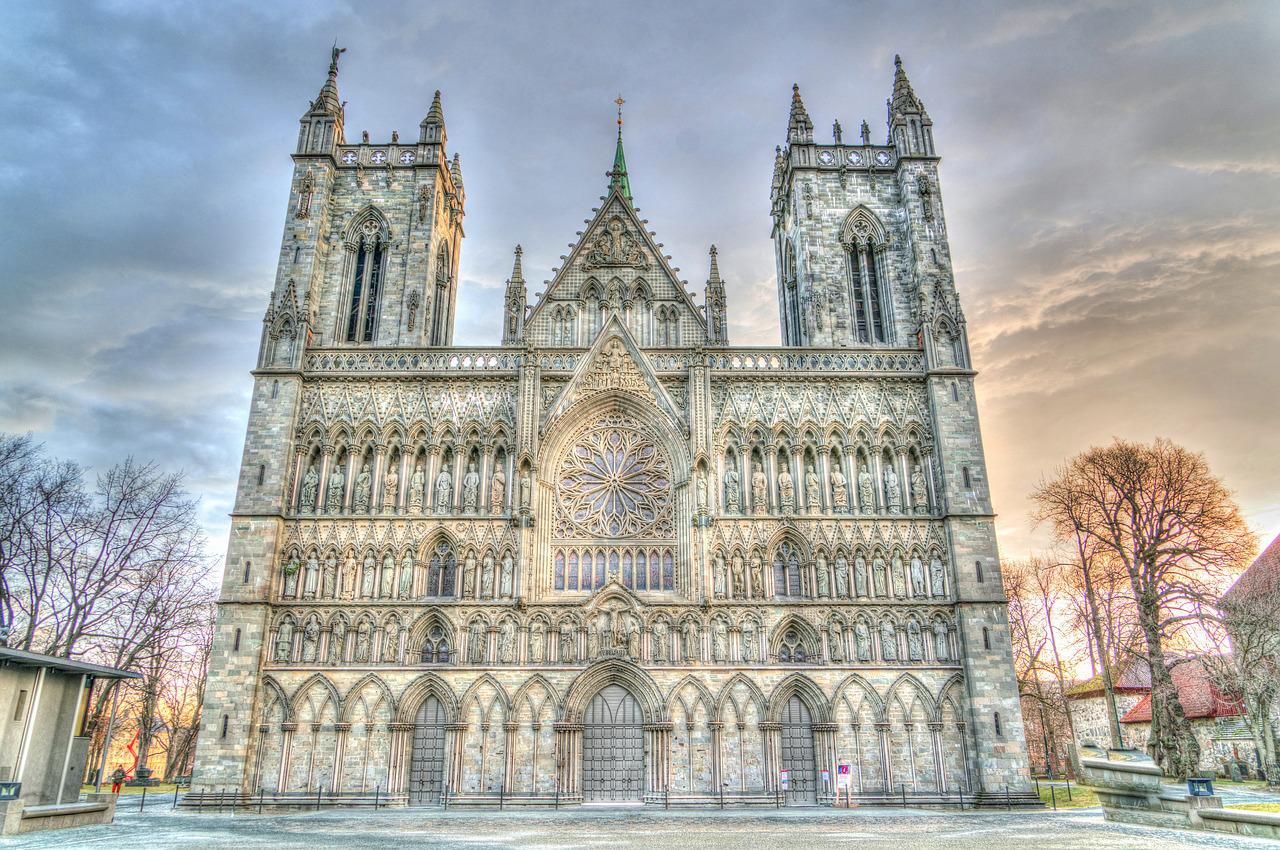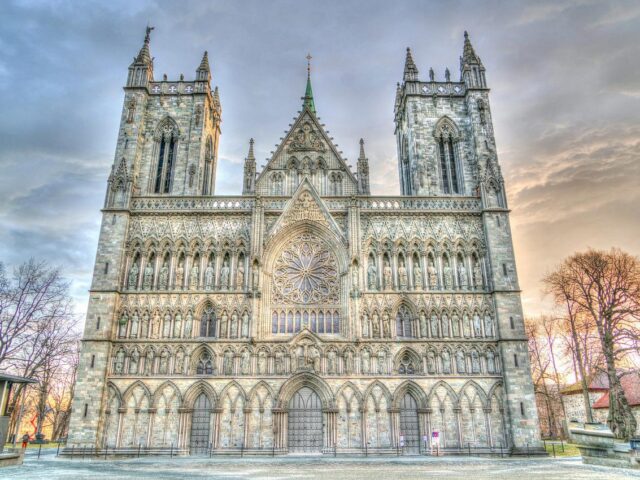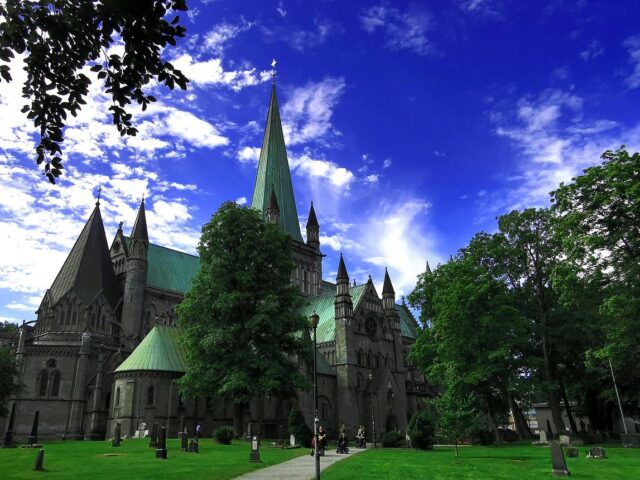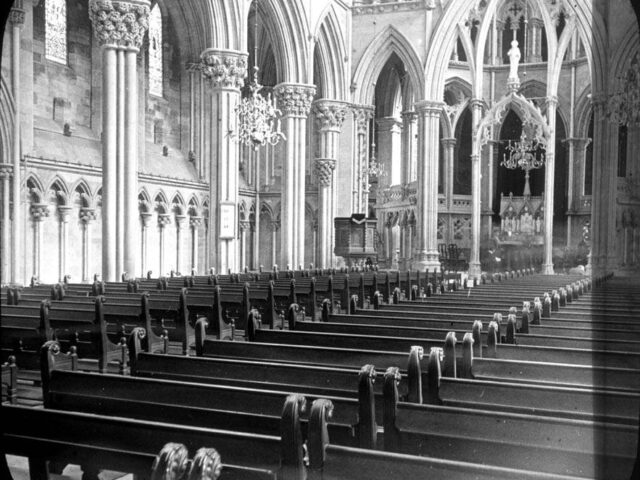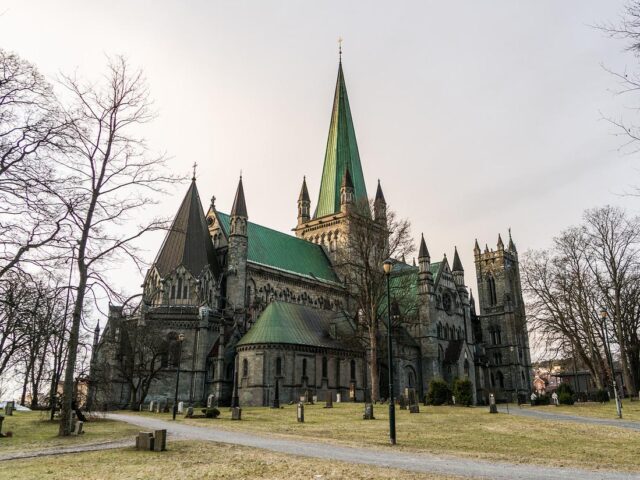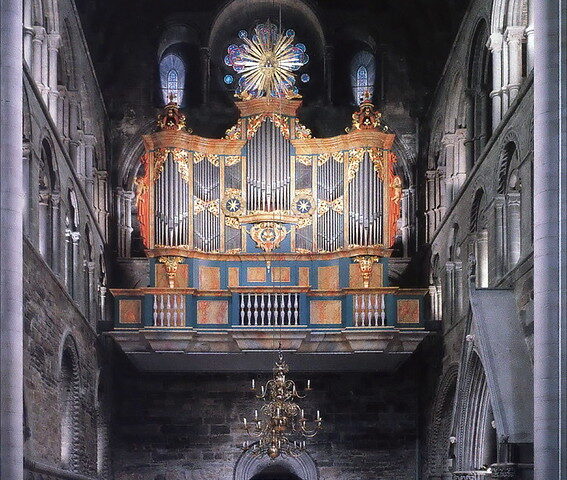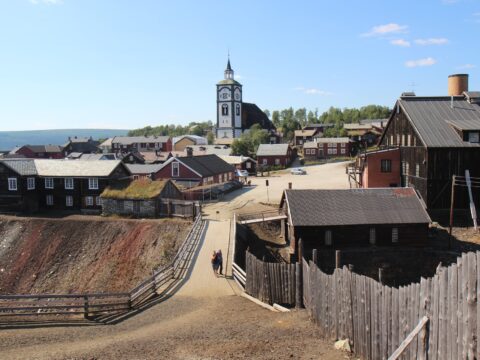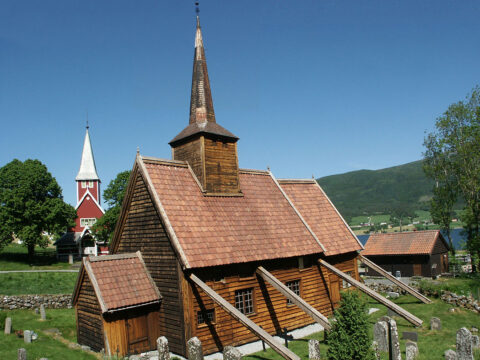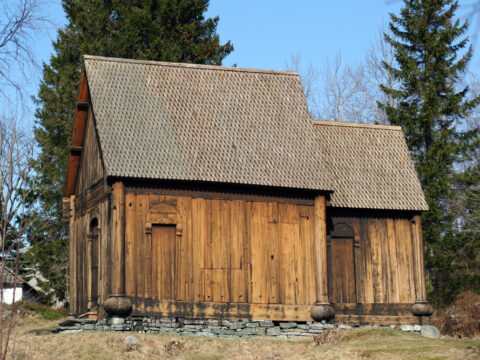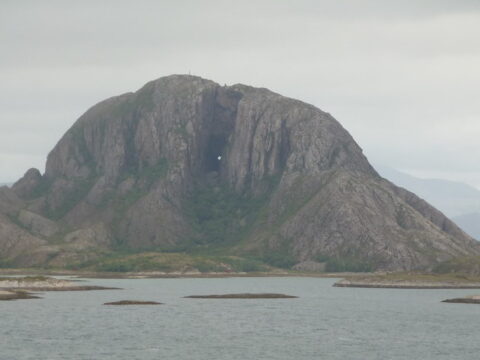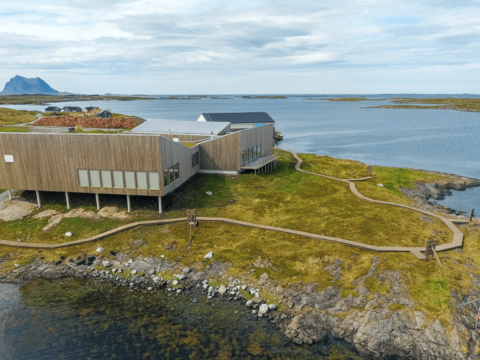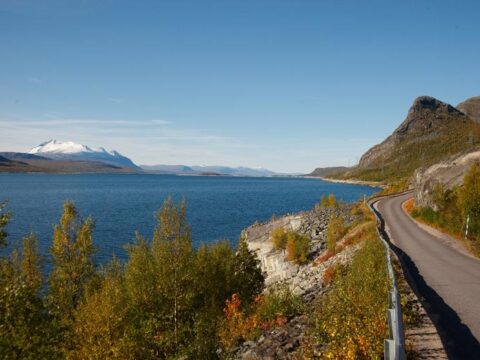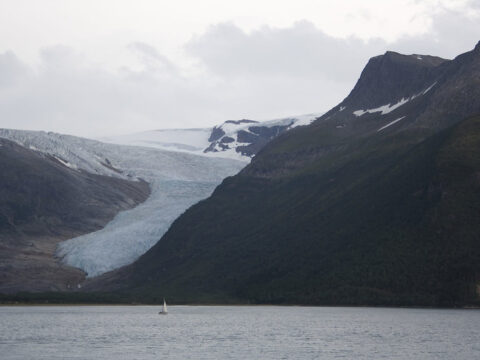Address
Kongsgårdsgata 2, 7013 Trondheim
GPS
63.4269417, 10.3969883
Telephone
2 users have saved this item in their Bucket list.
You can also make your own list.
Nidarosdomen (Nidaros Cathedral) is the world’s northernmost medieval cathedral and Norway’s national sanctuary. The cathedral is built over the tomb of St. Olav, the Viking king who converted Norway to Christianity and became “Norway’s Eternal King”. Throughout the Middle Ages, this was a towering symbol of religious faith and the powerful position of the Church.
200+ years to built
The work on Nidaros Cathedral began in 1070 and was completed in all its glory around 1300. In the early 1800s, after several fires and lack of maintenance, the cathedral was in very poor shape. In 1868, it was determined that the cathedral should be rebuilt as a national symbol, and work began the following year. The restoration of Nidaros Cathedral has been going on for 150 years, and the work continues on various projects at this national shrine.
Pilgrims
Trondheim, or Nidaros as the city was originally named, was the most significant pilgrimage destination in Northern Europe during the Middle Ages. Pilgrims came from near and far to visit the tomb of St. Olav. Today, the pilgrimage tradition has been revived and pilgrims are again flocking to Nidaros Cathedral.
In high season, the cathedral is open every day. You need to pay a fee to enter, and you can also get guided tours.
Near by
If visiting the cathedral, make sure to also pay a visit to neighbour building, the Archbishop’s Palace.
The King’s Crown and the other coronation objects that represent the royal regalia of Norway are on display in the west wing of the Archbishop’s Palace. Here you can also get an insight in the more than 1000 year old Norwegian monarchy.
In walking distance, you’ll also find the medieval ‘Vår Frue kirke’, (Our Lady’s Church). It is located in the downtown ‘Midtbyen’ area of the city of Trondheim, just a few blocks north of the Nidaros Cathedral.
The church was first constructed during the mid- to late-1100s by Bjørn Sigvardsson.

